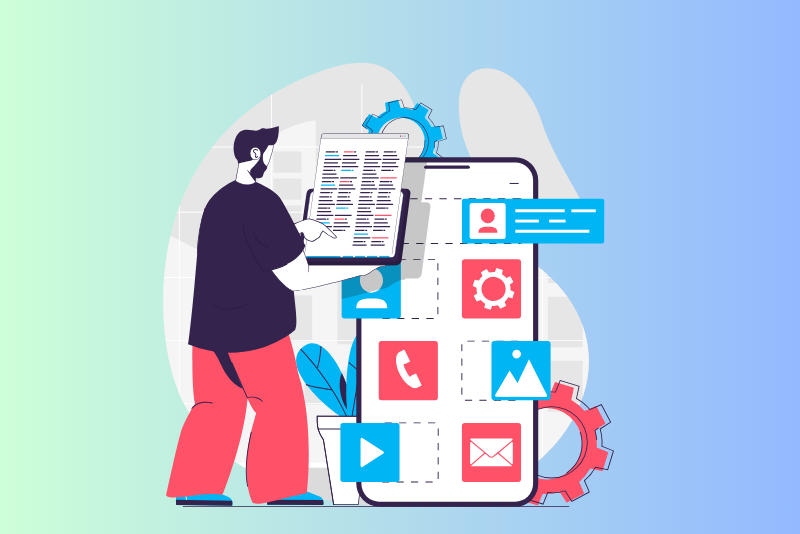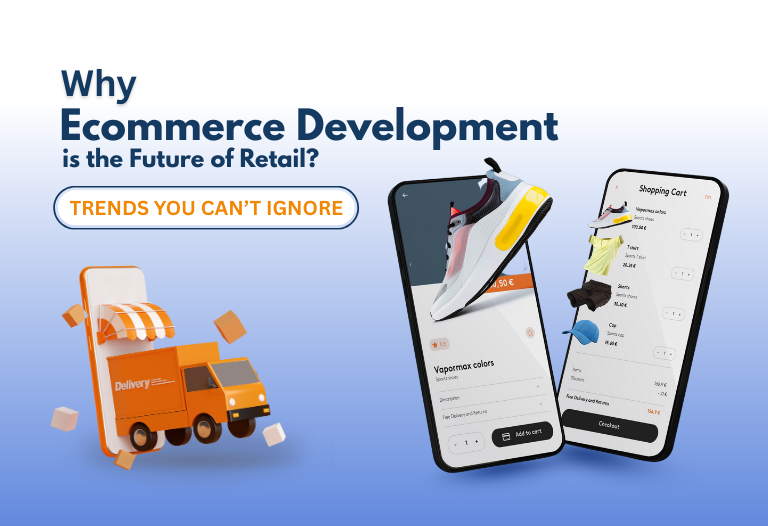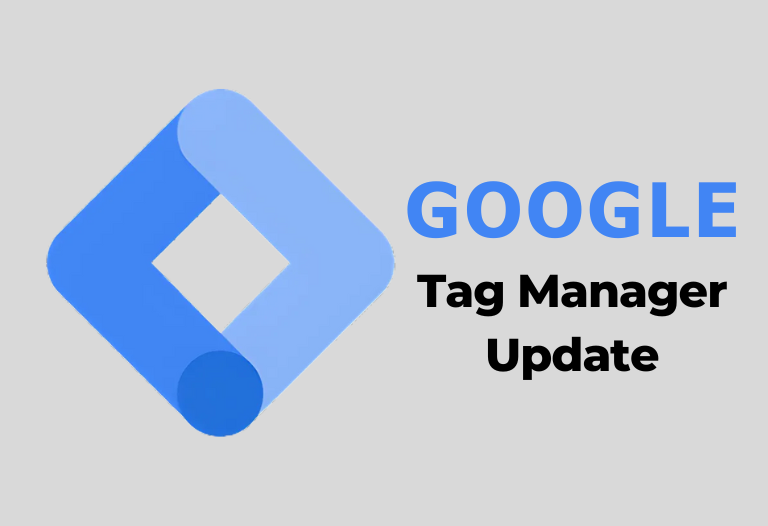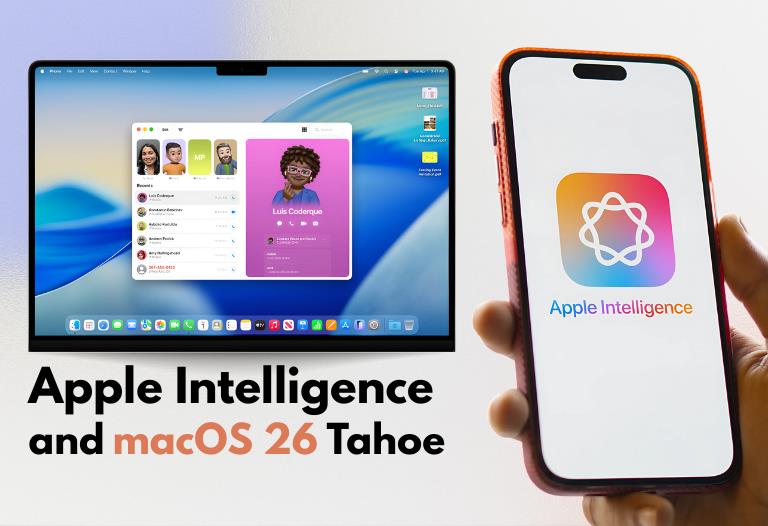
One cannot stress how important it is to understand the timeline for iOS App Development. It has a significant impression on the eminence of the application, affecting both the ROI and the user experience. The development job is a complex undertaking including diverse phases, each with its own set of variables that might influence the entire schedule, starting from conception to deployment.
A simple iOS app with a clear user interface and minimal functionality can usually be developed in 2-4 months. Within this period, the app’s look and feel are finalized during the first design phase, and its functionality is implemented during the coding phase. The process’s crucial testing phase verifies the app’s dependability and usefulness, and the last deployment step makes it accessible to the general public.
Designing more sophisticated applications may take a considerably longer time to finish. Take for instance, it can take up to six months or more to construct these programs, which are frequently distinguished and backed by complex functionality, elegant design, and substantial data management. Planned, coded, tested, and debugged processes can take longer when an app has intricate design and functionality since these factors can add layers of complexity.
In any ios app development company or organization (whether new or old), the experience of the team is crucial to delivering at par with the schedule. By utilizing their level of familiarity, work experience, and technical know-how, app developers can help optimize the development process. They can even help curtail the time required for each step. A qualified and capable team accelerates the process. However, a staff with less expertise might have to climb a steeper learning curve, which would take longer to create.
The set-up or arrangement may also be impacted by outside variables. These include factors like modifications to the project’s specifications, unforeseen technical problems, and third-party integration. These factors may cause delays, going above the original projected timeframe for development.
Most Crucial Factors Affecting Time Required for Mobile App Development
-
App Scope and Complexity
Stakeholders and developers alike must comprehend the complex aspects that impact the project’s timeline in the always-changing field of mobile app development. The development process is shaped by several factors that come into play from conception to deployment.
A major factor influencing how long an app takes to develop is its complexity. Though complicated programs with intricate functionalities require more attention and time, they typically take longer than basic apps with standard features.
The development team and the client must collaborate and provide timely feedback. The timescale may be extended by protracted decision-making processes or by frequently changing the original plan.
-
Features and Functionality
An app’s success depends heavily on its features and usefulness, which should be balanced with factors like usability, performance, and maintenance. When choosing how many and what kind of features to add to an app, it is also critical to take the needs of the intended user base into account.
A wide range of features and functionalities go into creating an iOS mobile app. The quantity and intricacy of these features can have a big effect on the user experience and the entire development process.
Here are a few important things to consider:
The number of features
An application with more features may appeal to a wider user base. It might offer a more thorough resolution to an issue, increasing user satisfaction.
Complexity of Features
More sophisticated features might offer more functionality and an engaging user experience. They can draw in heavy users and set your app apart from rivals.
User Experience
By making complicated functions simple to use and intuitive, a well-designed user experience can increase customer happiness.
Performance
Complex features may be handled by high-performance apps without slowing them down which increases user pleasure.
-
Design Requirements
Development time is impacted by design specifications’ complexities. It takes time to create a design aesthetically pleasing and user-friendly. The design stage, which includes wireframing and prototyping, is crucial to the total development schedule.
-
Integration Needs
Dependencies are introduced when third-party services, including payment gateways or APIs, are incorporated; these might affect the timetable. To prevent delays, careful attention must be paid to thorough testing and integration. An app needs to undergo thorough testing to be effective. A large portion of the work is spent on debugging, testing on several devices, and guaranteeing peak performance.
IOS App Development Process
1. Research and Planning – Specifying the needs, objectives, and scope of the project.
Planning is essential when starting a mobile or web app development project, and this begins with defining the project’s scope. Any digital project of this kind has to have a clearly defined scope that is planned to include specifications, deadlines, and deliverables.
2.Strategies for Combating Scope Creep
To prevent scope creep in app development, project stakeholders must work in harmony. It includes laying out the project parameters, setting deadlines, gathering information, developing user personas, and creating an effective branding plan for mobile apps.
A thorough and precise characterization of the business objectives is necessary for the efficient management of a software development project.
3.Combating Scope creep in the App project
Working together with project stakeholders is essential to preventing scope creep in app development. It entails outlining project specifications, setting deadlines, executing in-depth investigations, generating user profiles, and developing a powerful branding approach for mobile apps.
Determining the business objectives in detail and with clarity is essential to managing a software development project. Every app development project starts with this crucial phase.
3. Determining the App Project’s Business Objectives
The requirements for the iOS App’s design should be communicated clearly to the team. The design includes the features, functions, visual components, and other general user experience. The foundation of an app is its design specification, and thus it must be conveyed at the outset precisely.
Choosing the audience, you want to reach is another essential first step in getting your project off the ground. Understanding the operating systems your target audience primarily uses is another aspect of getting to know them. This is crucial stuff since it will tell you whether to concentrate on cross-platform, iOS, or Android development.
What stages make up the development of an iOS app?
To put it simply, the process of developing an iOS app has four basic steps. These are shown below:
Design
Produce design images and wireframes
The design process for an iOS app starts after extensive knowledge-sharing and brainstorming sessions to share business ideas and project requirements considering that all project stakeholders agree. To define the app’s UI/UX, design specialists are tasked with creating imaginative wireframes and design mockups. Popular design tools, including Adobe XD, Sketch, and Figma will be used by specialists in design.
Development
Writing the app’s code based on its features and design.
The design team forwards the file to iOS app developers so that they can begin writing the code required to integrate the functionalities and features once the customer has accepted the design prototypes.
Xcode or other development tools, such as Cocoa Touch, CocoaPods, etc., are used for this. Carthage is a straightforward dependency manager that you can use to incorporate its SDK into your active Xcode project. Lately, a lot of iOS developers have started using it.
Testing
Comprehensive testing to ensure bugging fixes, usability, and functionality. Hiring a professional iPhone developer will enable them to test your iOS app using Appium or XCTest, and the iOS Simulator. Before deployment, these tests and inspect the produced app’s overall performance and any compatibility issues. Before the apps are published to the App Store, they are debugged with the Xcode debugger to find and fix design and code problems.
Deployment
The process of getting an app ready for the App Store
When iOS app testing is over, and the developers have fixed any mistakes or defects, the program can be released to the App Store. Before releasing your apps on the App Store, you may gather insightful feedback by inviting consumers to test your apps and App Clips using TestFlight, an online service for testing mobile apps. This is what sets TestFlight apart; it helps you increase the success of your next iOS app by including actual users of the app.
Post-launch Support and Updates
Constant maintenance, bug corrections, and feature upgrades.
Your next iOS app may fail or succeed based on its app architecture. For your iOS app, performance, scalability, and reliability are the top goals of the app architecture. Your iOS app will function as desired and can be tested manually and automatically. Debugging will assist iOS developers in locating design flaws and coding errors that can compromise user experience.
Ways to Accelerate the Development Process
Quick and effective software delivery is essential in the fast-paced digital environment of the present times. Agile methodologies like Kanban and Scrum are among the ways to speed up development without compromising quality. Large projects are divided into smaller blocks, and flexibility and teamwork are emphasized.
A simple version of an application with only enough features to please early users and gather input for future development is what is meant by the Minimum Viable Product (MVP) Approach, which is especially relevant to iOS app development. Saving time and money, this approach facilitates a quicker launch and iterative improvement.
Common Delays and How to Mitigate Them
Here are some typical hold-ups in the creation of iOS apps, along with solutions:
Uncertain requirements
One of the most frequently reported delays in any project is caused by this. Lack of clarity in the project requirements can cause misunderstandings, uncertainty, and eventual delays. Make sure that all stakeholders are aware of and understand the project requirements before beginning. This delay can also be avoided by having regular communication and providing clarity on unclear areas.
Technical Difficultie
Due to the intricacy of iOS development, there may be technical glitches resulting in delays. These could be brought about by the application of novel technology, a lack of knowledge, or platform flaws. Overcoming technical obstacles can be aided by regular training and upskilling.
Lack of Testing
Bugs and issues found later in the development cycle can result from inadequate or subpar testing. The crew may have to go back and address these problems, which could result in delays. Establish a thorough testing procedure from the outset of the project. To expedite testing, use automation wherever it is practical. Encourage the team to have a quality assurance culture as well.
Poor Project Management
Ineffective project management can cause delays. It can be the result of insufficient resource allocation, a lack of progress monitoring, or proper work assessment. Put into practice a solid project management approach. Utilise technologies to estimate work, manage resources, and keep track of progress.
Dependency on Third-Party Libraries or APIs
Any problems with third-party libraries or APIs may create delays if the application depends significantly on them. Reduce your reliance on external libraries and APIs as much as possible. Make sure they have strong community support and undergone extensive testing if required. In addition, think about creating a fallback strategy in case these libraries or APIs present problems.
Conclusion
The duration required to develop an iOS app is influenced by several important aspects. Here are a few of the more significant ones:
The longer an app takes to develop, the more complicated its user interface and user experience (UI/UX) will be. This comprises components like fields, buttons, displays, logic, and integrations. It could take varying amounts of time for different sectors to develop an app. For instance, developing an on-demand app might take longer than developing a social media app, which might take one to two months. The time might also be affected by the platform utilized for development. For example, iOS employs Human Interface Design and involves coding in Swift, which may not be the same as Material Design on Android.
The complexity of features that the app must have can also impact how long it takes to develop. Every feature, including screens, buttons, forms, integrations, and logic, will add to the overall time and cost of developing an app.
In conclusion, the timeframe for developing an iOS app can vary greatly, even when an initial estimate is given. It is crucial to have reasonable expectations and recognize that excellence requires time. Regular updates and constant contact between the stakeholders and the development team are essential to managing this process.




 March 11, 2024
March 11, 2024










